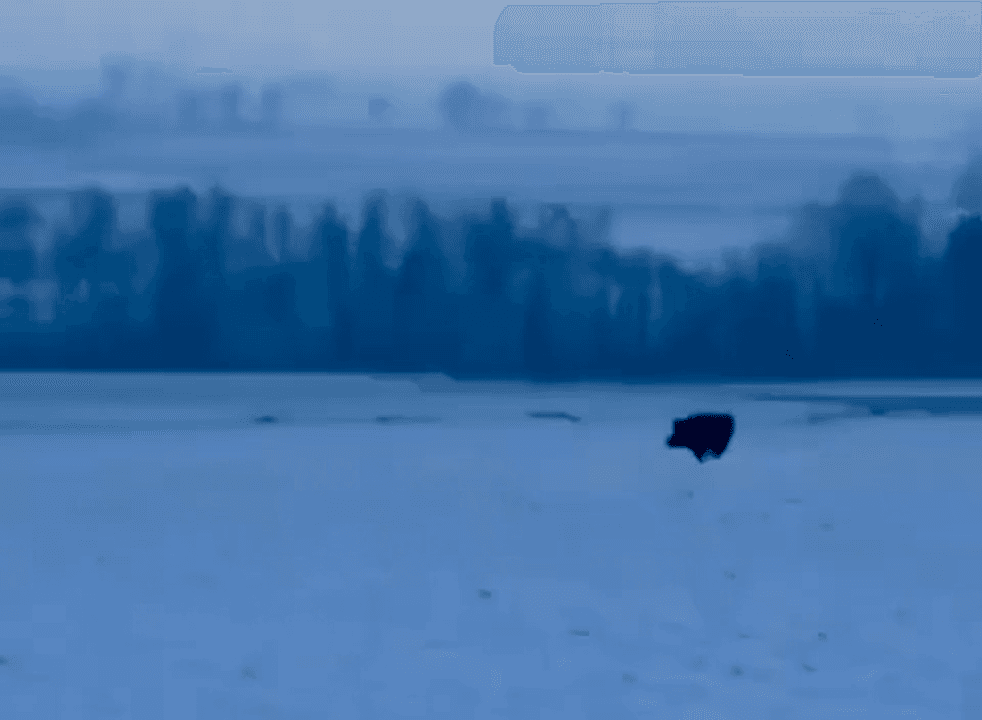
Hunting in Basse-Kotto: Exploring Specifics, Navigating Hunting Seasons, and Discovering Interesting Facts Basse-Kotto, a prefecture located in the southeastern part of the Central African Republic, is a region marked by dense river systems, savanna woodlands, and forested areas. With its remote location and limited infrastructure, Basse-Kotto remains a territory where hunting plays a significant role in daily life. For many local communities, hunting is more than just a necessity—it's a cultural practice passed down through generations. Geography and Natural Features of Basse-Kotto for Hunting The geography of Basse-Kotto is defined by the Ubangi River to the south and a mosaic of savannas, gallery forests, and wetlands that stretch across the territory. These landscapes create varied habitats for numerous animal species. The seasonal flooding of river basins, coupled with the dense vegetation in some areas, makes the region both rich in biodiversity and challenging for formal wild
Post: 28 July 14:55
















































